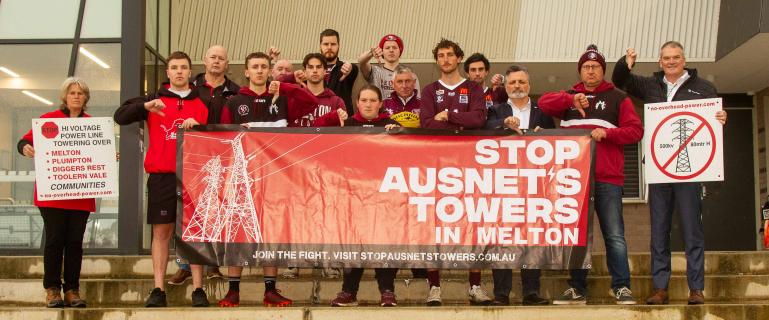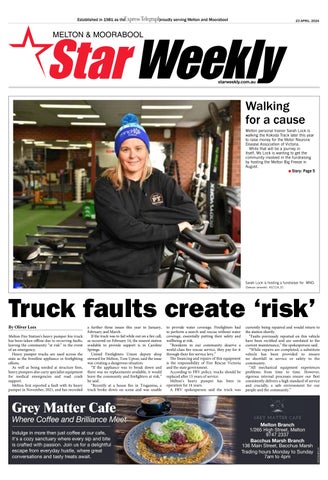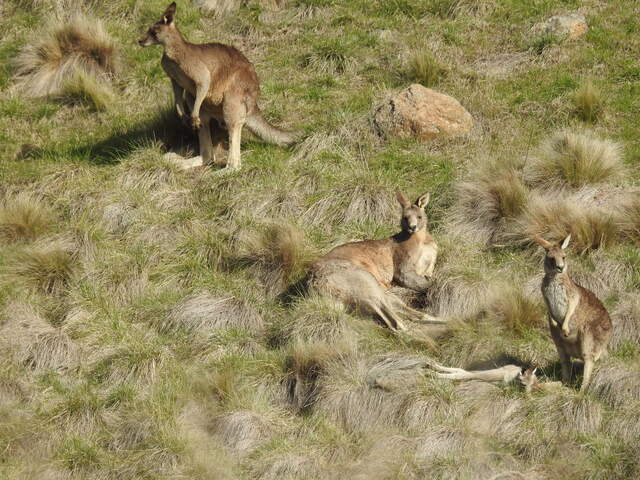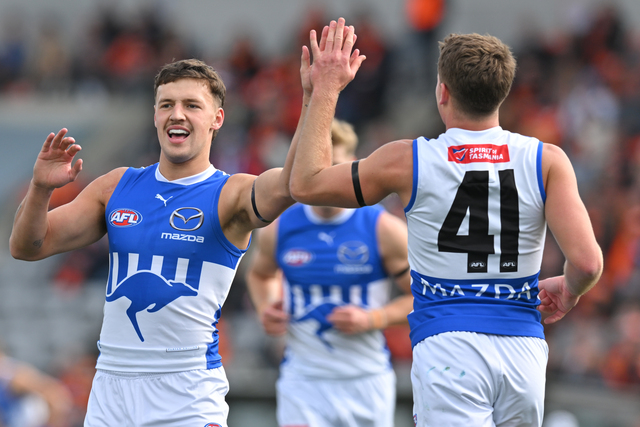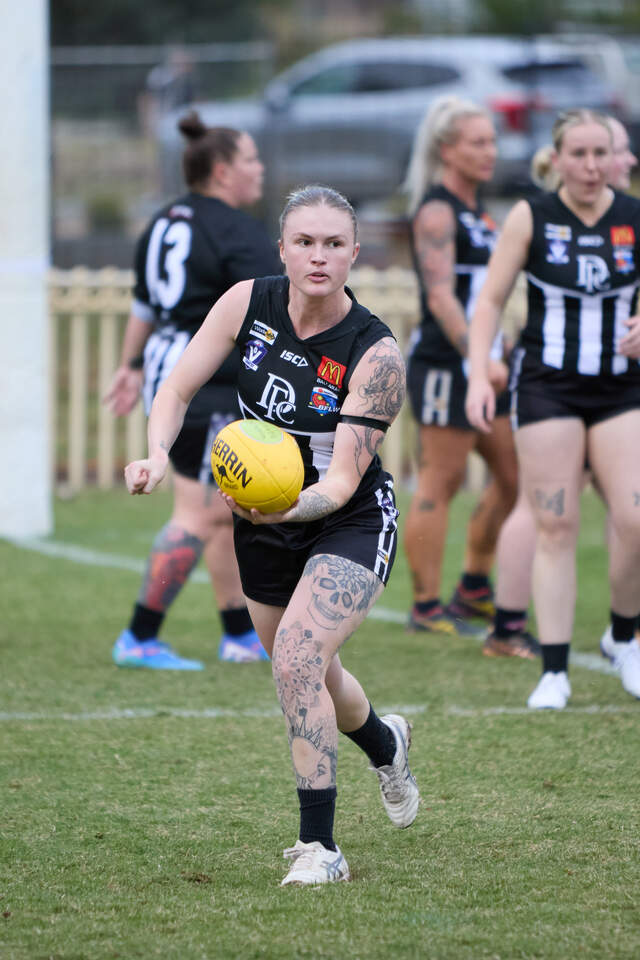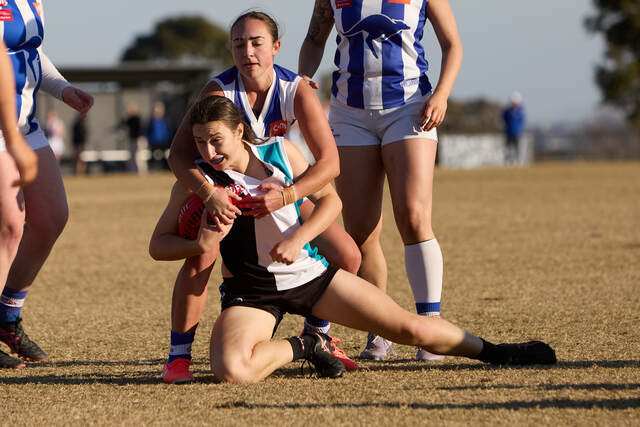Two energy policy experts have said if the Australian Energy Market Operator (AEMO) goes ahead with its current plan for the Western Renewables Link (WRL) and VNI West projects it will be the “biggest mistake in transmission planning in living memory”.
The WRL is a proposed 190km overhead high-voltage electricity transmission line that will carry renewable energy from Bulgana in western Victoria to Sydenham in Melbourne’s north-west, and requires the acquisition of an easement corridor through Melton and Moorabool.
The WRL would be built to work with the proposed VNI West project, which aims to boost transmission capacity between Victoria and New South Wales.
Former member of the National Electricity Market’s reliability panel and electrical engineering professor Simon Bartlett and Victoria Energy Policy Centre director Bruce Mountain have submitted a critique of AEMO’s recent consultation report.
They conclude the development of WRL-VNI will be a “monumental mistake” by increasing Victoria’s susceptibility to statewide blackouts through exposure to natural disasters, potentially triple transmission charges in Victoria, and waste up to 50 per cent of renewable energy generated along the corridor due to transmission congestion.
The pair also believe the project will delay the transition to renewable generation while the project is being built, waste existing transmission capacity from the Latrobe Valley to Melbourne, and cause a great deal of needless damage to local communities, individuals and the environment.
Professor Mountain said AEMO is “stuck in the past”, pursuing a “redundant vision that suits its corporate interests”.
“Under the guise of providing solutions for the urgent energy transition, AEMO has pushed for an unchallengeable monopoly and energy ministers have, so far, acquiesced to its demands.
“Instead of making the best use of the wonderful grid we already have, AEMO wants the community and renewable generation developers to wait on it to deliver its monumental plans.”
An AEMO spokesperson said the organisation has run a “transparent and collaborative consultation process” since 2019 to identify a preferred option that maximises consumer benefits while meeting the power system needs.
“It’s needed to help maintain electricity reliability and affordability with the retirement of coal generation.
“While our extensive modelling disagrees with many areas of the VEPC submission, thankfully theirs does endorse the important role of transmission to offset coal-plant retirements.
“Our focus now turns to assessing more than 300 submissions and publishing a preferred option for VNI West.”
The state government was contacted for comment.

